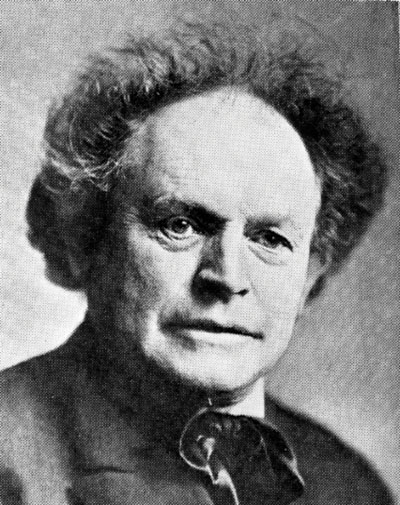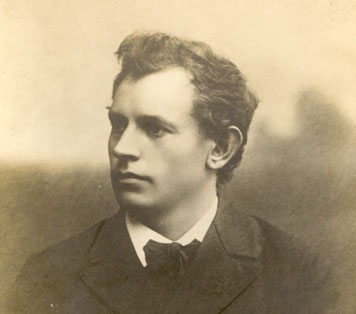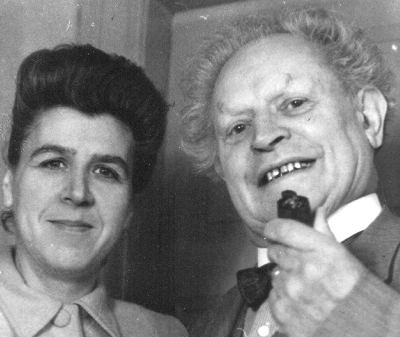<Back to Index>
- Chemist Georg Brandt, 1694
- Writer Martin Andersen Nexø, 1869
- Prince of Liechtenstein Johann I Joseph, 1760
PAGE SPONSOR



Martin Andersen Nexø (26 June 1869 - 1 June 1954) was a Danish writer. He was the first significant Danish author to depict the working class in his writings, and the first great Danish socialist, later communist, writer.
Martin Andersen Nexø was born to a large family (the fourth of eleven children) in Christianshavn an impoverished district of Copenhagen. In 1877, his family moved to Nexø, and he adopted the name of this town as his last name. Having been an industrial worker before, Nexø attended a folk high school and later worked as a journalist. He spent the mid 1890s travelling in Southern Europe, and his book Soldage (1903) (English: Days in the Sun) is largely based on those travels. Like many of his literary contemporaries, including Johannes Vilhelm Jensen, Nexø was at first heavily influenced by fin-de-siécle pessimism, but gradually turned to a more extroverted view, joining the Social Democratic movement and later the Communist Party of Denmark; his later books reflect his political support of the Soviet Union.
Pelle Erobreren (English: Pelle the Conqueror), published in four volumes 1906 - 1910, is his best known work and the one most translated. Its first section was made the subject of the DDR-FS movie Pelle der Eroberer in 1986 and the movie Pelle Erobreren in 1987. Ditte Menneskebarn (English: Ditte, Child of Man), written from 1917 to 1921, praises the working woman for her self - sacrifice, and a Danish film version of the first part of the book was released in 1946 as Ditte, Child of Man. The much debated Midt i en Jærntid (i.e. "In an Iron Age", English: In God's Land), written in 1929, satirises the Danish farmers of World War I. During his latter years, 1944 to 1956, Nexø wrote but did not complete a trilogy consisting of the books Morten hin Røde (English: Morten the Red), Den fortabte generation (English: The Lost Generation), and Jeanette. This was ostensibly a continuation of Pelle the Conqueror, but also a masked autobiography.
Danish police arrested Nexø in 1941 during Denmark's occupation by the Nazis, for his communist affiliation. Upon his release, he traveled to neutral Sweden and then to the Soviet Union, where he made broadcasts to Nazi occupied Denmark and Norway. After World War II, Nexø moved to Dresden in East Germany, where he was made an honorary citizen. The Martin - Andersen - Nexø - Gymnasium high school in Dresden was named after him. His international reputation as one the greatest European social writers grew, especially, but not exclusively, in socialist countries.
Nexø died in Dresden in 1954 and was interred in the Assistens Kirkegård in the Nørrebro neighbourhood of Copenhagen. A minor planet, 3535 Ditte, discovered by Soviet astronomer Nikolai Stepanovich Chernykh in 1979, is named after the main character in his novel Ditte, Child of Man.
In 1949, Nexø received an honorary doctorate from the University of Greifswald's Faculty of Arts.

